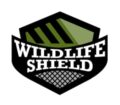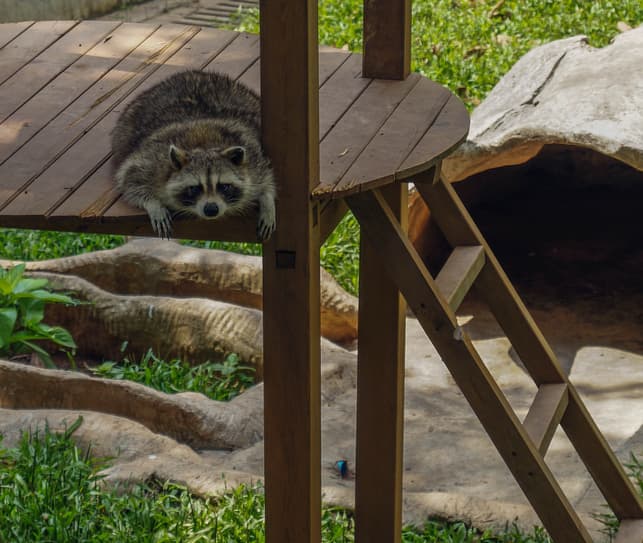Raccoons are more often than not, very curious wild animals and a nuisance to homeowners. These opportunistic animals are omnivores and cause a lot of damage in search of food as they eat anything they lay their paws on. Raccoons act like many wild animals by taking advantage of minor structural weaknesses and trying to use all means possible such as squeezing tearing or chewing their way in. They cause a lot of damage in the attic since they chew off wood and wire that are present.
The following are some of the ways that raccoons can get into your attic:
- Roof vents roof ventilators are usually designed to ensure that there is adequate circulation of air. Raccoons can, unfortunately, feel the air leave the attic. This prompts them to destroy the ventilation cover to gain access to the warm air in the attic. However, having aluminum or plastic covers are not a match for the strongest raccoon.
- RoofsRaccoons mainly gain entry into the attic by using the roof. They get in especially through the sections that woods have overlapped or through dormers. Raccoons chew away the rotten wood in order to gain access into the attic. They also use the roof soffit intersection; this is where the top and underparts of the roof intersect thereby making an ideal entry point for the raccoon. With the use of their shoulders, The raccoons often open up flimsy soffits often made from thin plastic and aluminum. They access the entire attic easily once the soffit gets open.
- Chimneys and attic windows bottom of a chimney is usually the best spot where female raccoons can nurse their babies. Chimneys act like hollowed-up tea cavities and this encourages the raccoons to tear and chew their way in the search of shelter. Once they get inside, the raccoons make their home at the top of the fireplace damper. In order to prevent raccoons from getting in always ensure that the attic windows remain closed and your chimney is properly capped.
- Plumbing VentsDuring plumbing vent installation, a hole is cut on the roof so as to allow the pipe to extend outside. The large hole is usually cut so as to facilitate easy plumbing. A rubber matting is then used to cover the hole left. Raccoons tear off and pull away from the rubber matting, then squeeze their way into the hole underneath.
It is therefore important for a trained specialist to inspect your house. The specialist will easily recognize potential entry points and secure them.

